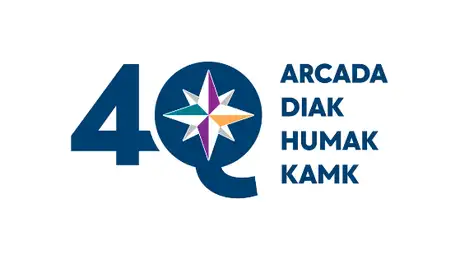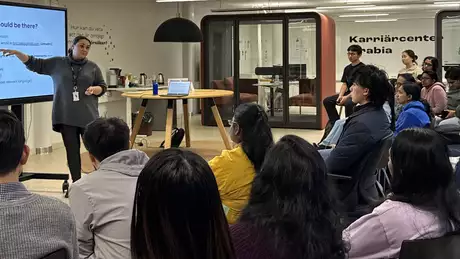Key factors for successful collaboration identified in the SMARTNET project
Published: 15.03.2023 / Blog / Partnerships / Projects
The project SMARTNET aimed to create a model for active and integrated business cooperation at Arcada, providing value for both the university and its partners. Several key factors for successful collaboration were identified, including clear guidelines, defined ownership and processes, personal contact, a CRM system, and named contact persons with regular follow-up. The findings were used to create an internal process description for staff and to propose collaborations with different stakeholders. The project’s results continue to be used to develop business co-operation at Arcada.
Project aim and goals
The overall long-term goal for the project was to create a model for active and integrated business cooperation at Arcada, which provides added value for both the University and the partner organisation. As the purpose was to meet the needs of different stakeholders, we needed to investigate and identify the needs of different groups of stakeholders.
The process
The project began with a benchmarking study of services offered by Nordic universities, followed by defining the different stakeholder groups. This was done through a service design process. We mapped out both internal and external stakeholders, created Personas and Customer Journeys for them, and grouped similar Personas together. The final groups were researchers, alumni, entrepreneurs/company representatives, the public sector, students, teachers and administrative staff.
All other stakeholder groups participated in focus group interviews, while 45 entrepreneurship students did coursework on the theme. The task was to make a SWOT analysis of Arcadas current platform, benchmarking other platforms, map out Customer Journeys and list areas of improvement.
The focus group interviews were transcribed, and the results compiled per stakeholder group. Based on these we clustered all responses and grouped them according to theme. The themes were then grouped into opportunities, bottlenecks and processes around communication, needs and benefits at the core.
Our findings
Based on the focus group interviews, we came to the following conclusions:
- A systematic approach is crucial. Clear guidelines must be in place both internally and externally for how the cooperation should work.
- Ownership and processes must be clearly defined. We need to have realistic and precise objectives, with a timeline on how to achieve the intended goals.
- Contact usually happens through personal relations. The personal contact may not be the correct person for the proposed collaboration, and must therefore know who to forward the contact to within Arcada.
- The use of a CRM system is imperative for documentation and follow up, as well as following GDPR. External contacts must be worked with systematically and transparently within the organisation.
- Named contact persons, regular contact and follow up is central for success.
- Cooperation must be beneficial for all parties – students, external partners and the university.
- Our primary objective is to educate students. Cooperation happens on the terms and around the structure of the academic year.
As a result of our findings we created a model of all parts of the process, grouped into themes. With this as a base, we produced an internal process description for staff who are contacted by external parties. This can be used to support the awareness and competences of staff in their work with managing relations and collaborative projects with external stakeholders.
The data collected from the interviews can support our work with proposing collaboration with different groups of stakeholders, and lead to better relationship management practices.
The results of the project have been utilised in the continued work of developing business co-operation at Arcada, both at a systemic level and in the continued work of integrating the involvement of external actors in the studies.
Text: Maria Jurvelius, Key Account Manager


